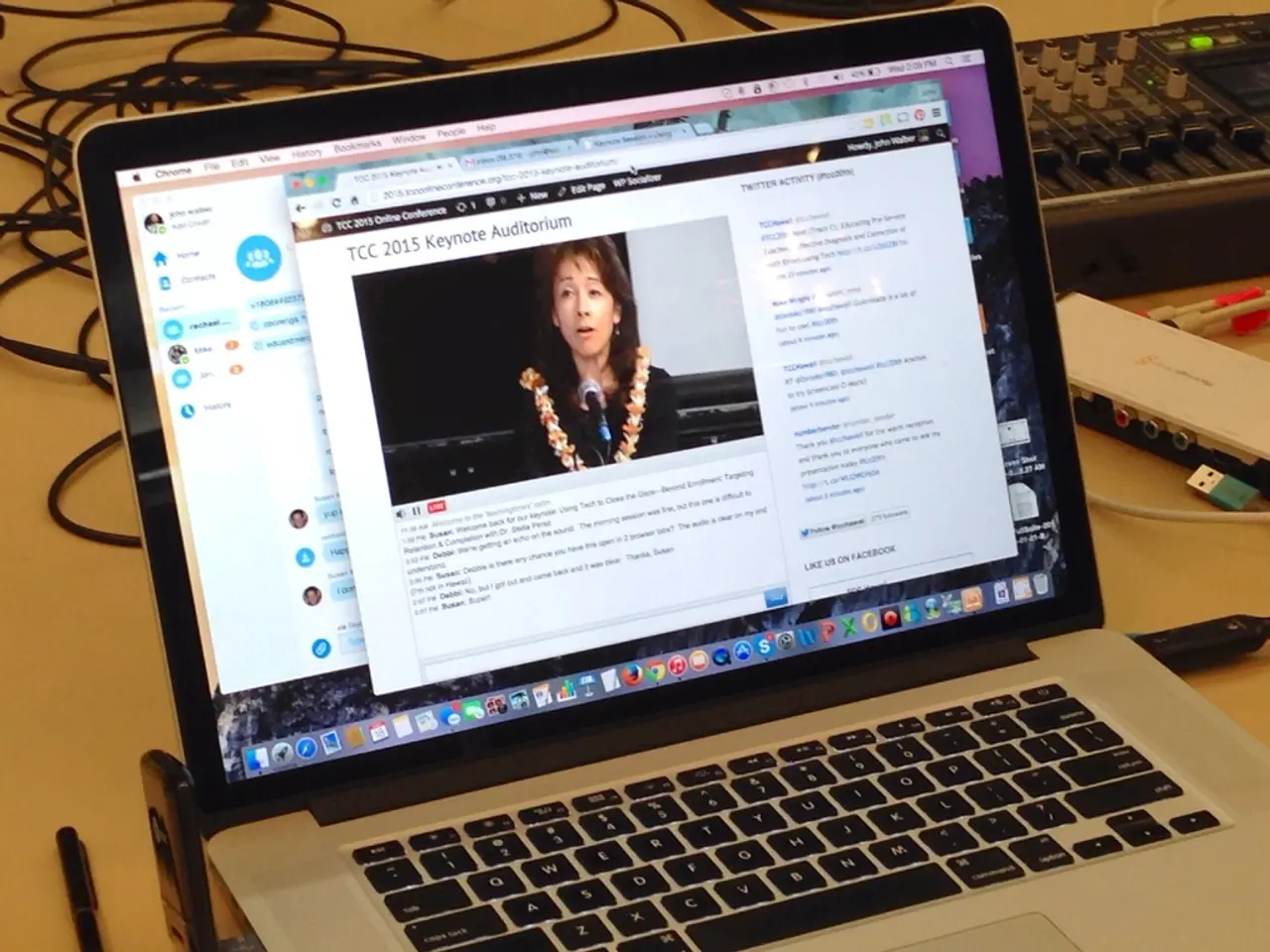Investment Advisor Backs Strongest Portfolio Amid Unforeseen Market Volatility
In the current market landscape, characterized by overvalued stocks in some regions and potential undervaluations in others, diversified global equity portfolios are being recommended as a strategic approach to balance exposure to areas offering value and growth opportunities.
Björn Jensch, Chief Strategist at DWS, a subsidiary of Deutsche Bank, has outlined a strategy for building such portfolios. The key points include:
- Reducing exposure to traditionally expensive U.S. large-cap stocks, which appear overvalued after prolonged strong performance.
- Increasing allocations to regions or sectors where valuations are more attractive, such as parts of Europe, Japan, and emerging markets, where stocks may be undervalued or fairly valued relative to fundamentals.
- Focusing on a quality and value blend, to avoid chasing growth at any price while capturing companies with strong financials, reasonable valuations, and good growth prospects.
- Maintaining diversification across regions and styles to manage risk and capture global opportunities, given the uneven valuation landscape.
Jensch also encourages investors to invest now, seeing opportunities in many value stocks that have recently underperformed. However, he is cautious about growth stocks and sees some valuations as stretched.
The strategy advocates a well-diversified global equity portfolio that pragmatically balances valuation considerations with growth potential. This approach aims to navigate market uncertainties and enhance risk-adjusted returns over the medium term.
Investors looking to implement this strategy have several options. The SPDR MSCI ACWI IMI UCITS ETF (WKN: A40F93) and the SPDR MSCI ACWI IMI UCITS ETF (WKN: A40G12) are examples of such alternative portfolios. Invesco MSCI World Equal Weight UCITS ETF (WKN: A40G12) and L&G Gerd Kommer Multifactor Equity UCITS ETF (WKN: WELT0B) are additional choices for a more diversified global equity portfolio.
It's important to note that this article does not provide information about the performance or expected performance of these ETFs. Furthermore, the potential role of US consumer sentiment, inflation, AI corporate earnings, or growth stocks in the context of these ETFs has not been discussed.
A globally diversified portfolio is considered a good response to market crises, as it offers less volatility and high returns. The MSCI World with a US weighting of 75 percent and a top-10 share of over 20 percent does not offer broad diversification. Therefore, considering diversified global equity portfolios like those suggested by Jensch could provide a more balanced and resilient investment strategy.
To respond effectively to the current market landscape, characterized by overvalued stocks in some regions and potential undervaluations in others, one should consider adopting the suggested strategy by Björn Jensch, Chief Strategist at DWS. This strategy involves reducing exposure to traditionally expensive U.S. large-cap stocks, increasing allocations to more attractively-valued regions like Europe, Japan, and emerging markets, focusing on a quality and value blend, and maintaining diversification across regions and styles. Such a well-diversified global equity portfolio should aim to balance valuation considerations with growth potential, navigating market uncertainties, and enhancing risk-adjusted returns over the medium term.




